Jungmin Shin
The R package psvmSDR: A Unified Algorithm for Sufficient Dimension Reduction via Principal Machines
Sep 03, 2024



Abstract:Sufficient dimension reduction (SDR), which seeks a lower-dimensional subspace of the predictors containing regression or classification information has been popular in a machine learning community. In this work, we present a new R software package psvmSDR that implements a new class of SDR estimators, which we call the principal machine (PM) generalized from the principal support vector machine (PSVM). The package covers both linear and nonlinear SDR and provides a function applicable to realtime update scenarios. The package implements the descent algorithm for the PMs to efficiently compute the SDR estimators in various situations. This easy-to-use package will be an attractive alternative to the dr R package that implements classical SDR methods.
Extreme Solar Flare Prediction Using Residual Networks with HMI Magnetograms and Intensitygrams
May 23, 2024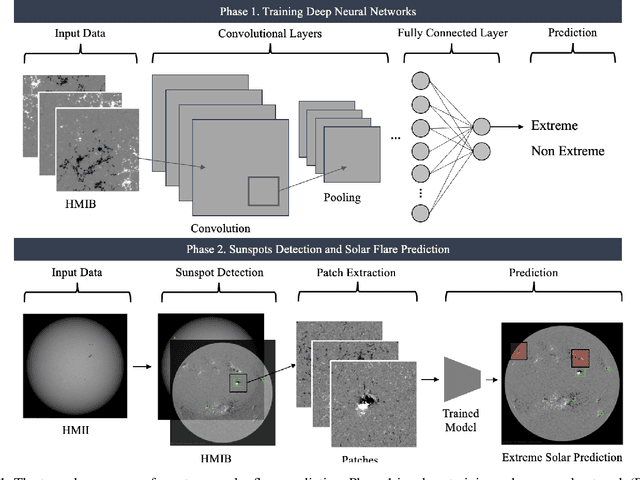

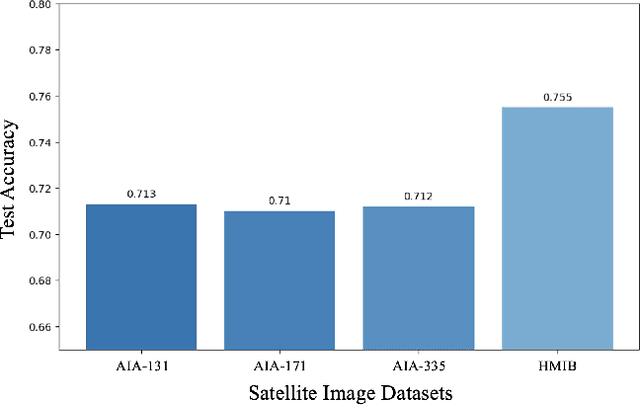
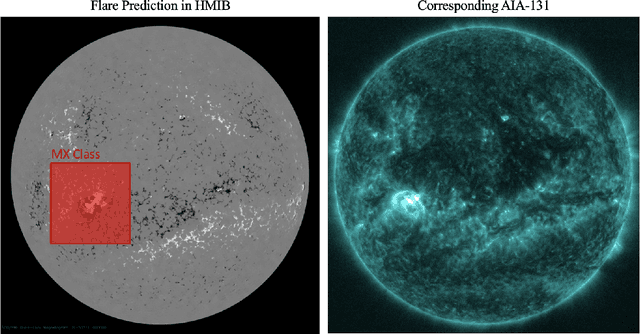
Abstract:Solar flares, especially C, M, and X class, pose significant risks to satellite operations, communication systems, and power grids. We present a novel approach for predicting extreme solar flares using HMI intensitygrams and magnetograms. By detecting sunspots from intensitygrams and extracting magnetic field patches from magnetograms, we train a Residual Network (ResNet) to classify extreme class flares. Our model demonstrates high accuracy, offering a robust tool for predicting extreme solar flares and improving space weather forecasting. Additionally, we show that HMI magnetograms provide more useful data for deep learning compared to other SDO AIA images by better capturing features critical for predicting flare magnitudes. This study underscores the importance of identifying magnetic fields in solar flare prediction, marking a significant advancement in solar activity prediction with practical implications for mitigating space weather impacts.
Analysis and Predictive Modeling of Solar Coronal Holes Using Computer Vision and LSTM Networks
May 16, 2024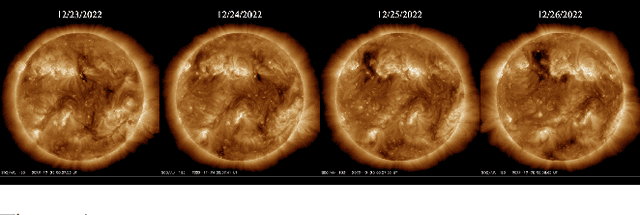
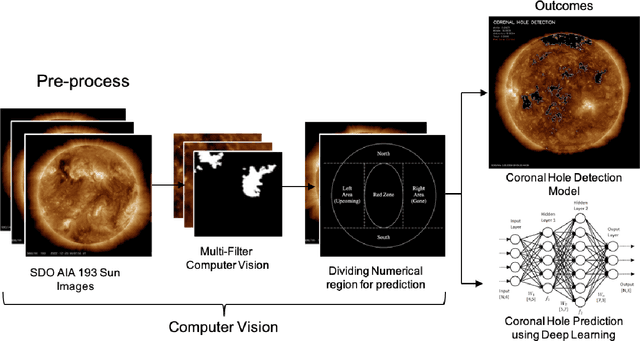
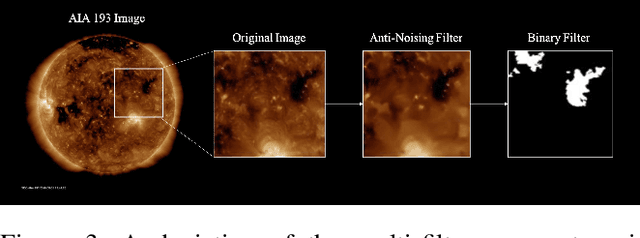
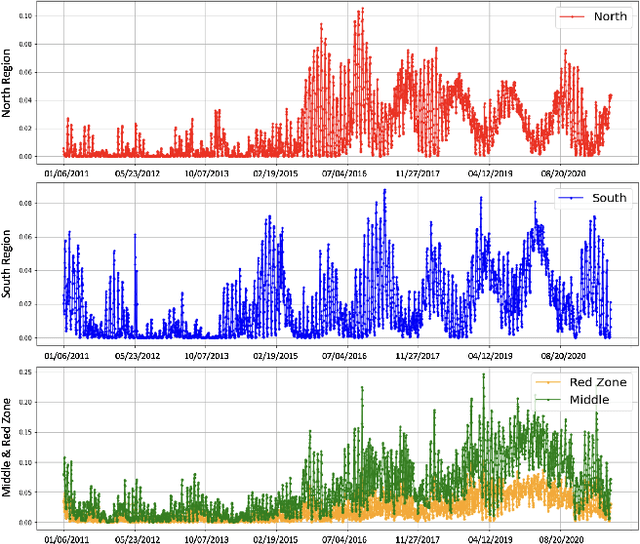
Abstract:In the era of space exploration, coronal holes on the sun play a significant role due to their impact on satellites and aircraft through their open magnetic fields and increased solar wind emissions. This study employs computer vision techniques to detect coronal hole regions and estimate their sizes using imagery from the Solar Dynamics Observatory (SDO). Additionally, we utilize deep learning methods, specifically Long Short-Term Memory (LSTM) networks, to analyze trends in the area of coronal holes and predict their areas across various solar regions over a span of seven days. By examining time series data, we aim to identify patterns in coronal hole behavior and understand their potential effects on space weather. This research enhances our ability to anticipate and prepare for space weather events that could affect Earth's technological systems.
A least distance estimator for a multivariate regression model using deep neural networks
Jan 06, 2024Abstract:We propose a deep neural network (DNN) based least distance (LD) estimator (DNN-LD) for a multivariate regression problem, addressing the limitations of the conventional methods. Due to the flexibility of a DNN structure, both linear and nonlinear conditional mean functions can be easily modeled, and a multivariate regression model can be realized by simply adding extra nodes at the output layer. The proposed method is more efficient in capturing the dependency structure among responses than the least squares loss, and robust to outliers. In addition, we consider $L_1$-type penalization for variable selection, crucial in analyzing high-dimensional data. Namely, we propose what we call (A)GDNN-LD estimator that enjoys variable selection and model estimation simultaneously, by applying the (adaptive) group Lasso penalty to weight parameters in the DNN structure. For the computation, we propose a quadratic smoothing approximation method to facilitate optimizing the non-smooth objective function based on the least distance loss. The simulation studies and a real data analysis demonstrate the promising performance of the proposed method.
 Add to Chrome
Add to Chrome Add to Firefox
Add to Firefox Add to Edge
Add to Edge